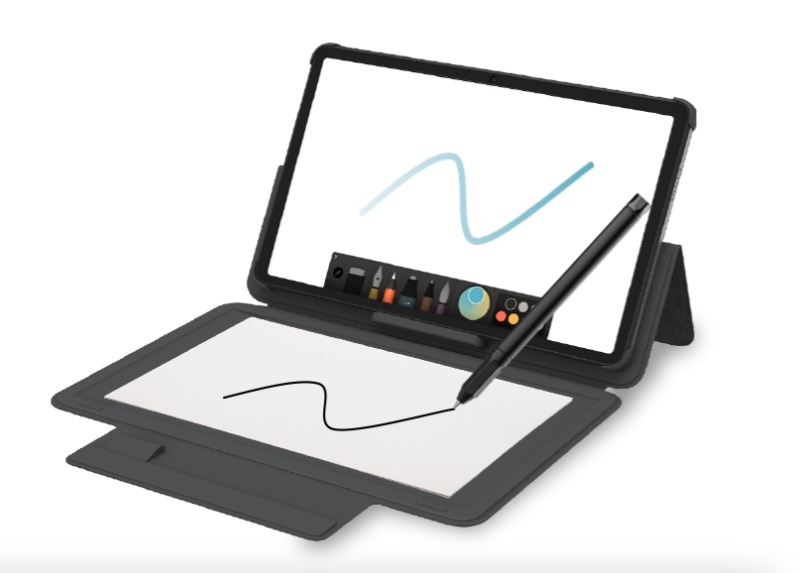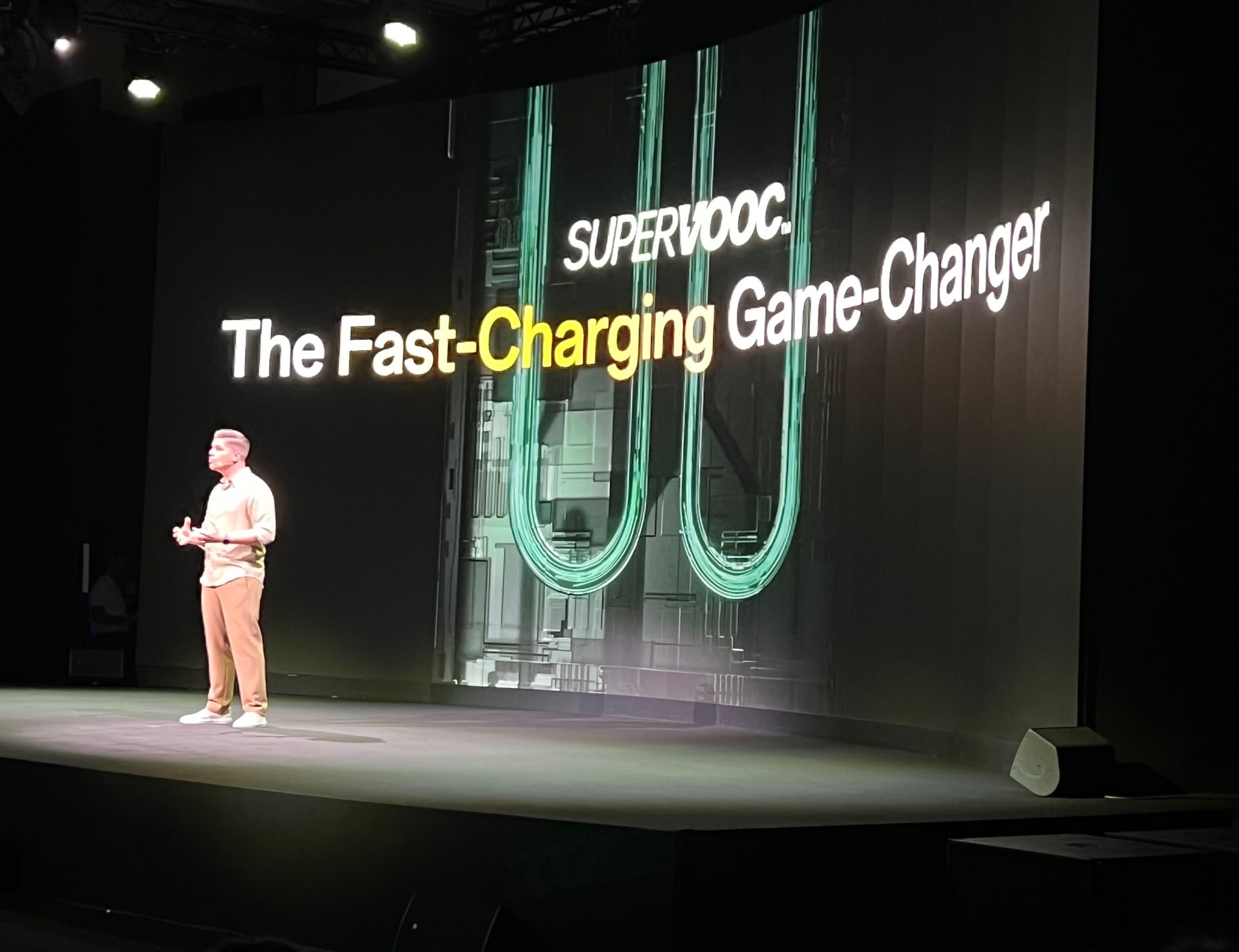Let’s start from the end: you’re not going to buy TCL’s Nxtpaper 10s to play the latest shooter game or watch a movie in ultra definition with Dolby, HDR and other such technicalities. Sure, you can do that, but you won’t get the best this tablet was made for: reading the newspaper. Yes, we’ve generalised the issue a bit, but that’s the whole point of our review. TCL Nxtpaper 10s is an object that gives people back the desire, the quality, the well-being of reading a newspaper, a good book, their favourite magazine or, why not, drawing and studying whatever they like.
The tablet, unveiled only a few months ago at the CES in Las Vegas, is sold with a stylus that is very, very, very different from the more famous competitors such as the Apple Pencil and Samsung’s S Pen. It looks like a pencil and in fact, on screen, it feels just like sketching on a sheet of paper, on pre-set apps designed for adults and children.
TCL Nxtpaper 10s – Apps for everyone
For example, there’s Concepts for sketching, Bambo Paper for writing a bestseller by hand and TCL Kids for activities for kids. The layer that TCL has inserted to make the screen opaque (thanks to the internal display division) not only results in less eye strain but also removes the fear of ruining the panel with a pen. This is not to say that you can go down as hard as if you were Thor with his hammer, but it won’t take long to forget that you are looking at a digital device rather than a notebook. The idea to offer an object that takes this aspect into account is not trivial, also because it doesn’t replace other devices that are dedicated to multimedia, but completes the ecosystem that surrounds us.
Indeed, at a price of €249.90, the Nxtpaper 10s may well act as a repository for certain tasks to be carried out during the day. It’s not an all-in-one choice, but it’s essential to avoid focusing everything on the same tablet which, apart from the bright colours and the “wow” effect, doesn’t take into account the fact that the public using these gadgets is increasingly young and must be preserved on a daily basis.



What it looks like
Aesthetically, the tablet stands out. Obviously not on the front, which is a normal touchscreen like others, but on the back. A matte finish, somewhere between blue and green, and a single camera with ‘smart camera’ flash, which takes so-and-so photos and whose presence on a tablet is always a question (seriously, does anyone take photos with a 10-inch?). Much better is the 5-megapixel front-facing camera with wide-angle lens, which is useful during video calls to capture a larger portion of the environment.
The body is in line with the segment, almost 490 grams, nothing debilitating even if there are slimmer and thinner models around (iPad Air?). But the yardstick for judgement cannot be based on such aspects, which would see TCL always a step (or even two) below the top of the range.
Just think of the hardware department: a Mediatek MT8768 octa-core processor, 4 GB of Ram memory, 64 GB of storage, with microSD support, and an 8,000 mAh battery. Except for this last point, the others place the Nxtpaper 10s in the mid-range of the market. There is also a USB-C input and a dock holder on the left back, to which a keyboard or a drawing touch surface can be attached for use with the stylus. Both are sold separately.
Do I buy it or not?
TCL Nxtpaper 10s lives outside of the current tablet scenario. Halfway between a traditional tablet and an ebook reader, it actually performs very well as a tool for taking notes, drawing and letting children play. If you approach the purchase with an awareness that the device cannot satisfy every single need of the hi-tech enthusiast, you will be right to buy it. In a world where smartphones are getting bigger and bigger (also thanks to foldables) and laptops are getting lighter and lighter, leaving aside the classic tablet concept in favour of something cheaper, more distinctive and dedicated to writing and reading can be a winning choice, as well as a wise one.


